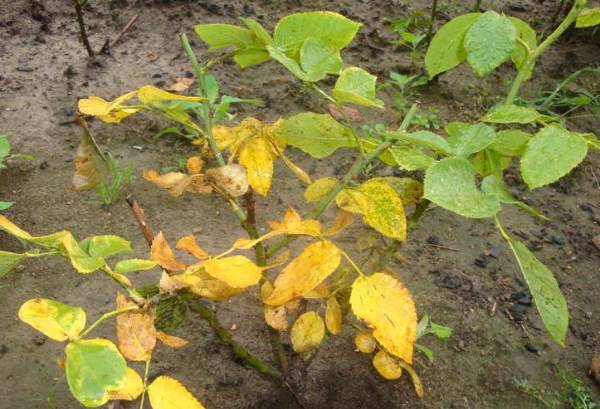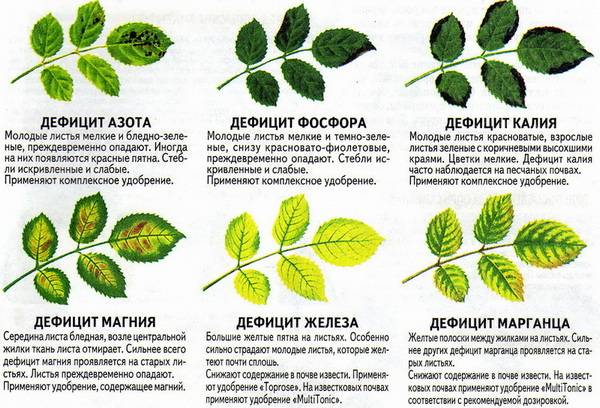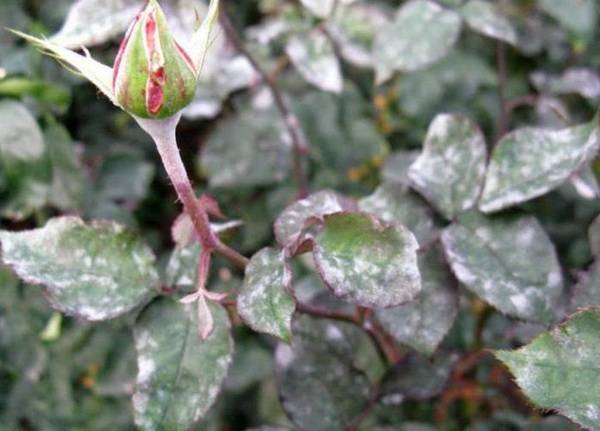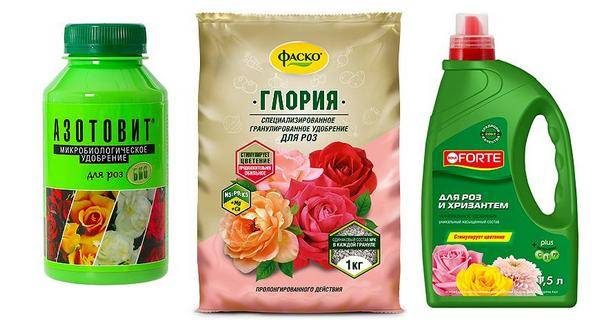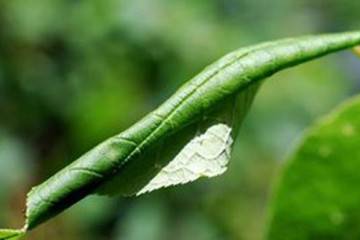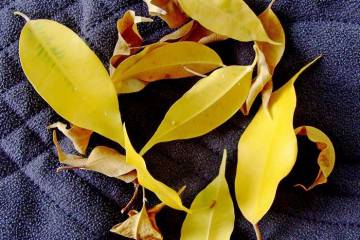Why does a rose drop leaves in summer - what to do
Content:
Inexperienced growers are often interested in the question of why the leaves of a rose are falling, while in search of the best methods to deal with the problem. The cause of foliage shedding can be determined by examining the affected bush.
Why does a rose shed its leaves in summer
If in the summertime the rose has dropped its leaves, what is the reason:
- watering with cold water. The culture is thermophilic, and the ice liquid negatively affects the bush, it begins to turn yellow and dry out;
- draft. Before planting in the open air or taking a plant out of the house, you need to carefully choose a place;
- underfilling or overflowing. For normal life, the culture requires an optimal moisture content in the soil;
- lack of nutrients. The lack of trace elements provokes the development of diseases, the bush begins to dry out and throw off the leaf plates.
When purchasing a new flower, you need to carefully examine it for symptoms of pests and diseases.
Possible reasons
Why do roses shed their leaves? For domestic species, low levels of air humidity become detrimental. The problem of falling off occurs after the beginning of the heating season, you can get rid of it with the help of:
- a container with water exposed next to the pot;
- regular spraying and weekly warm showers.
For subspecies growing on a personal plot, a lack of moisture is associated with irregular or insufficient watering.
Sunlight problems
The rose grows well only in illuminated places. Constant partial shade can cause it to shed foliage. She will not have enough ultraviolet radiation for budding and normal functioning. If the plant is under the scorching rays of the sun all day, the result will be the same.
Watering problems
Why do leaves fall on roses? Common causes of anomalies include insufficient soil moisture on hot days. The stagnation of the liquid provokes rotting of the root system, blackening of the stems and yellowing of the foliage.
Nutritional deficiency
Insufficient intake of certain elements (iron, potassium, calcium) leads to yellowness and discoloration of leaves:
- nitrogen deficiency is manifested by blanching, crushing and shedding of foliage, a decrease in the number of flowers;
- lack of potassium provokes dryness along the edges of the leaf plate and their falling off;
- lack of iron or potassium is reflected by the pronounced yellowness of the green part.
Maintaining the balance of nutrients in the soil is carried out with special fertilizers for roses. Supersaturation with nitrogenous elements will lead to an active build-up of green mass and the absence of buds on the bushes. If the flower is overfed, then the plant is shortened by a third. This approach produces flower buds.
Diseases of roses
Most modern varieties have increased disease resistance. Only improper crop care can become a source of disease development. If a rose has leaves falling en masse, what to do in this situation and what is its reason:
- lesion with black spot. It manifests itself as small brown tubercles, over time the spots cover the entire leaf plate. The defeat begins with the foliage and gradually captures the inflorescences and stem. Only a timely fight will help save the bush: the damaged areas are carefully cut off, then the plant is treated with a solution of copper sulfate, Bordeaux liquid or a sulfur-containing preparation;
- development of powdery mildew. Pathology is determined by a mealy-whitish bloom, twisted and dried leaves. Young shoots bend and begin to die off. The disease occurs in varieties that are constantly growing in the shade, with low immunity to it. Treatment consists in excision of the damaged parts and subsequent treatment of the bush with a solution of Bordeaux liquid.
Exposure to pests
Parasitic insects cause significant damage to flowering plantations. The main pests of rose bushes are:
- spider mite. The pest prefers the juice of foliage and plants, multiplies quickly and destroys the culture. Damaged leaf plates are covered with dots, change color to yellow and fall off. In the fight against insects, specialized solutions are used;
- aphids. Lives on the inside of leaves, young stems and shoots. The constant suction of the juice weakens the bushes. Therapy consists of insecticide treatment, small lesions are removed manually by washing the green part with soapy water.
Why does a rose shed its leaves during flowering
Fallen roses are not uncommon during budding. The problem is related:
- with violations of the irrigation regime - lack or excess of moisture in the soil;
- pests. Spider mites during budding can destroy the bush in a matter of days;
- bad ground. A large amount of nutrients or their lack provokes wilting and diseases of the culture.
Resuscitation of roses after exposure to adverse conditions
If a rose sheds leaves, what to do:
- in case of drought, pour abundantly with warm water;
- in case of waterlogging of the soil, stop watering, and build protective sheds for outdoor plants;
- if there is a lack of lighting, transplant the flower to a more illuminated place, when in the room, rearrange it to a bright window or use an artificial light source.
The stress experienced by the rose, caused by the violation of the rules of care, requires emergency measures according to a step-by-step algorithm:
- In one bucket of water, zircon and citovite are diluted (1 ampoule each), 2 liters of solution are poured under each bush. Watering with clean and warm water is carried out before processing.
- After 3 days, the plant is sprayed with epin: 10 drops of the drug are enough for 1 liter of water.
- After 2 weeks, fertilizing with potassium humate is carried out. If the plant has suffered from excess moisture, feed with phosphorus (15 g of superphosphate is taken for 1 bucket of water).The whole bush is sprayed with the finished solution.
Nutrient deficiencies are fought with:
- nitrogen. The problem is corrected with an aqueous carbamide solution (15 g per 1 bucket) or ammonium nitrate (20 g per 10 l of water);
- potassium. 10 g of potassium sulfate is diluted in a bucket of water and foliar feeding is carried out;
- calcium. It is regulated by the introduction of calcium nitrate into the soil (15 g per 10 l of water);
- manganese. 10 g of the substance is diluted in a bucket of water and sprayed on the bushes.
Preventive measures
Prevention of shedding of leaf plates is carried out by creating the most comfortable conditions for the culture:
- planting bushes is carried out in sufficiently illuminated areas, where in the summer the sun's rays are present for at least 5 hours;
- avoid planting in wetlands where groundwater will flow to the root system;
- water properly. In the hot period, a full bucket of warm water is needed for each bush weekly; during drought, the frequency increases to 2 times a week;
- regularly feed the culture with special fertilizers for roses;
- regularly carry out preventive treatment of the rose garden with fungicidal and insecticidal preparations;
- do not forget about pruning branches and stems;
- protect shrubs from strong, cold winds.
For indoor varieties, there are own preventive measures:
- compulsory supply of fresh air without creating a draft;
- after the end of flowering, watering is stopped;
- when pruning, the plants are shortened to 10 cm, leaving an external bud;
- an increase in immunity is carried out with a biostimulant zircon or epin.
Problems with yellowness and shedding of leaf plates in roses in most cases are associated with violations of the requirements for crop care. With strict adherence to the recommendations, most problems will bypass the home rose garden. In addition, modern varieties are bred to be resistant to most diseases and insect pests.
